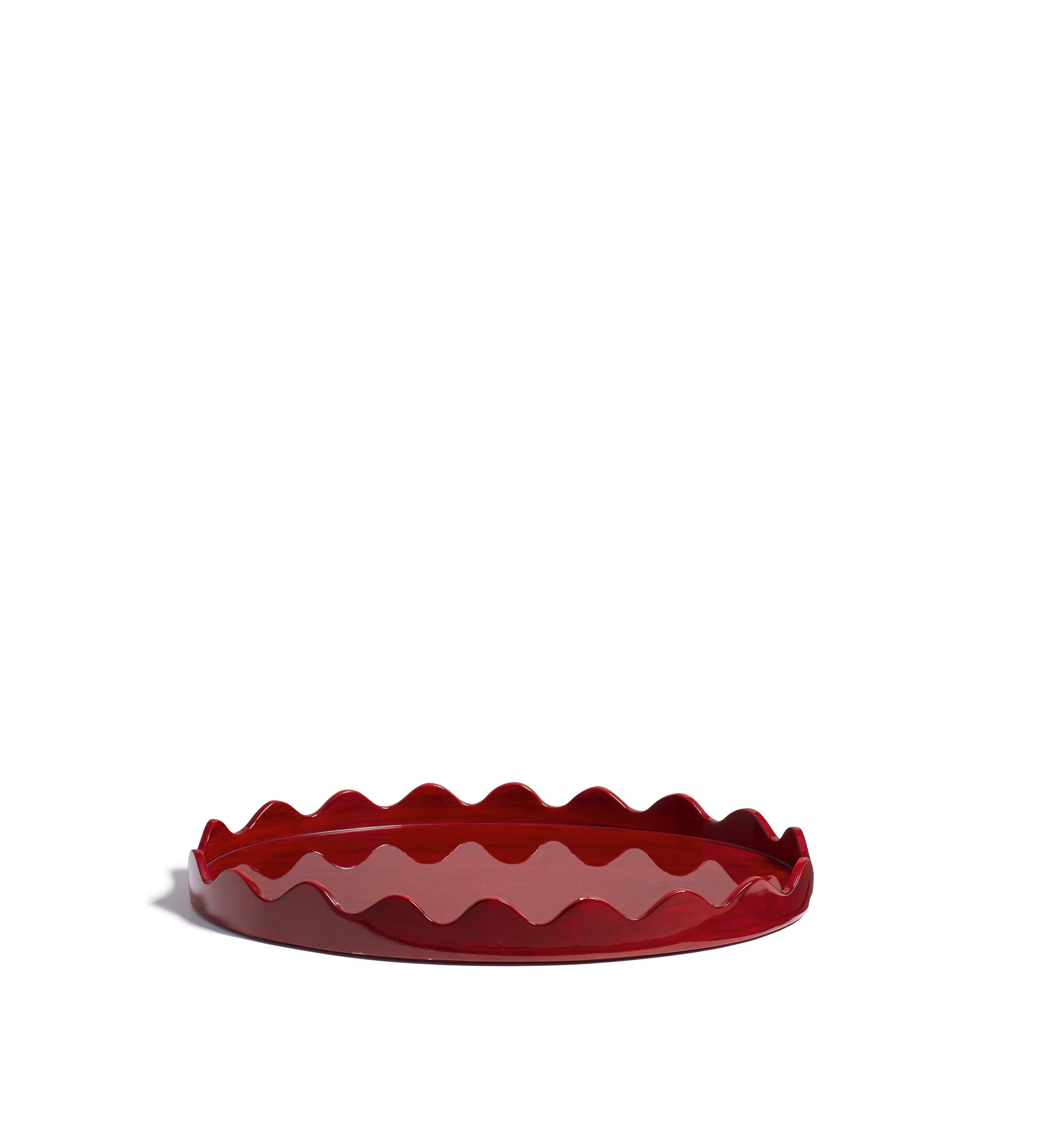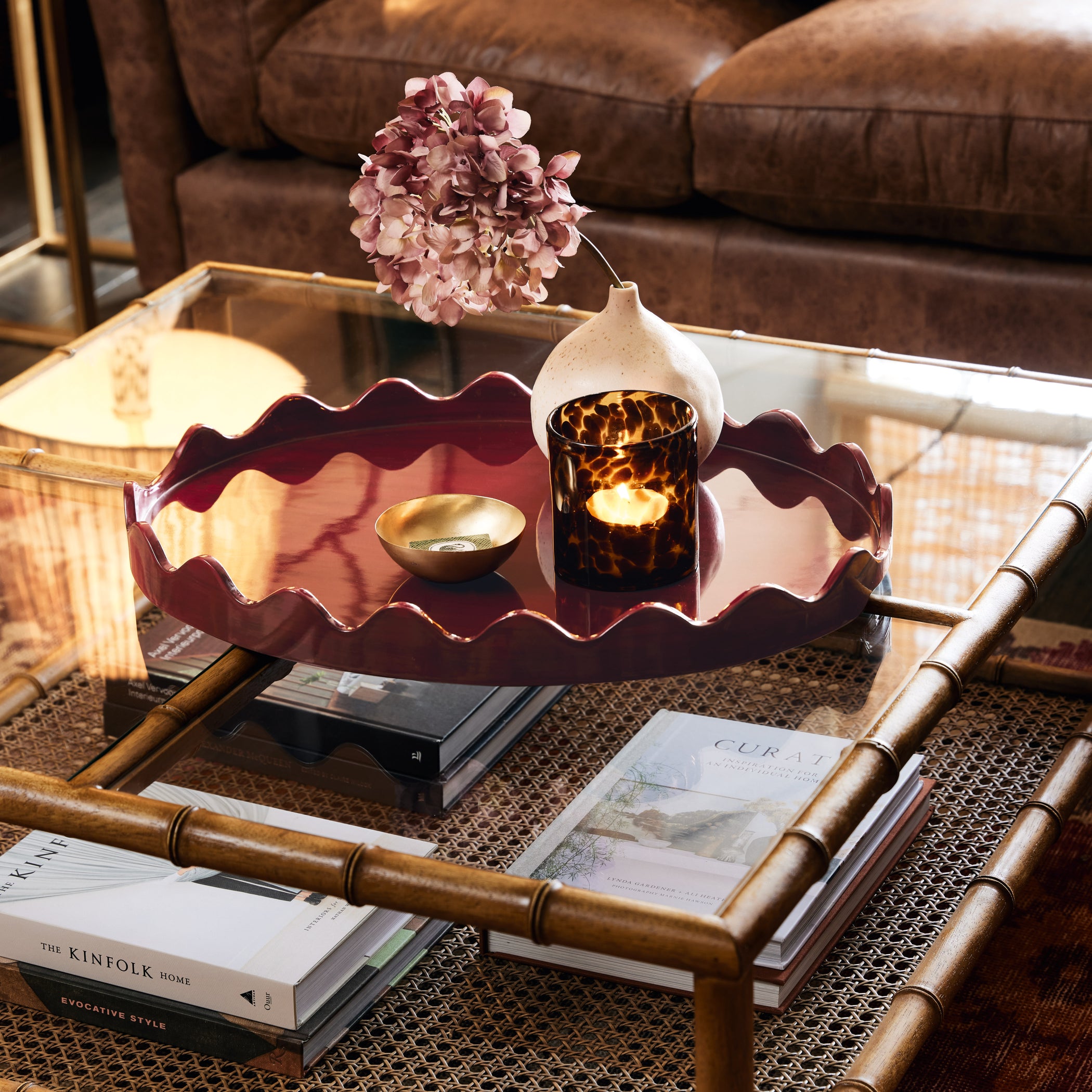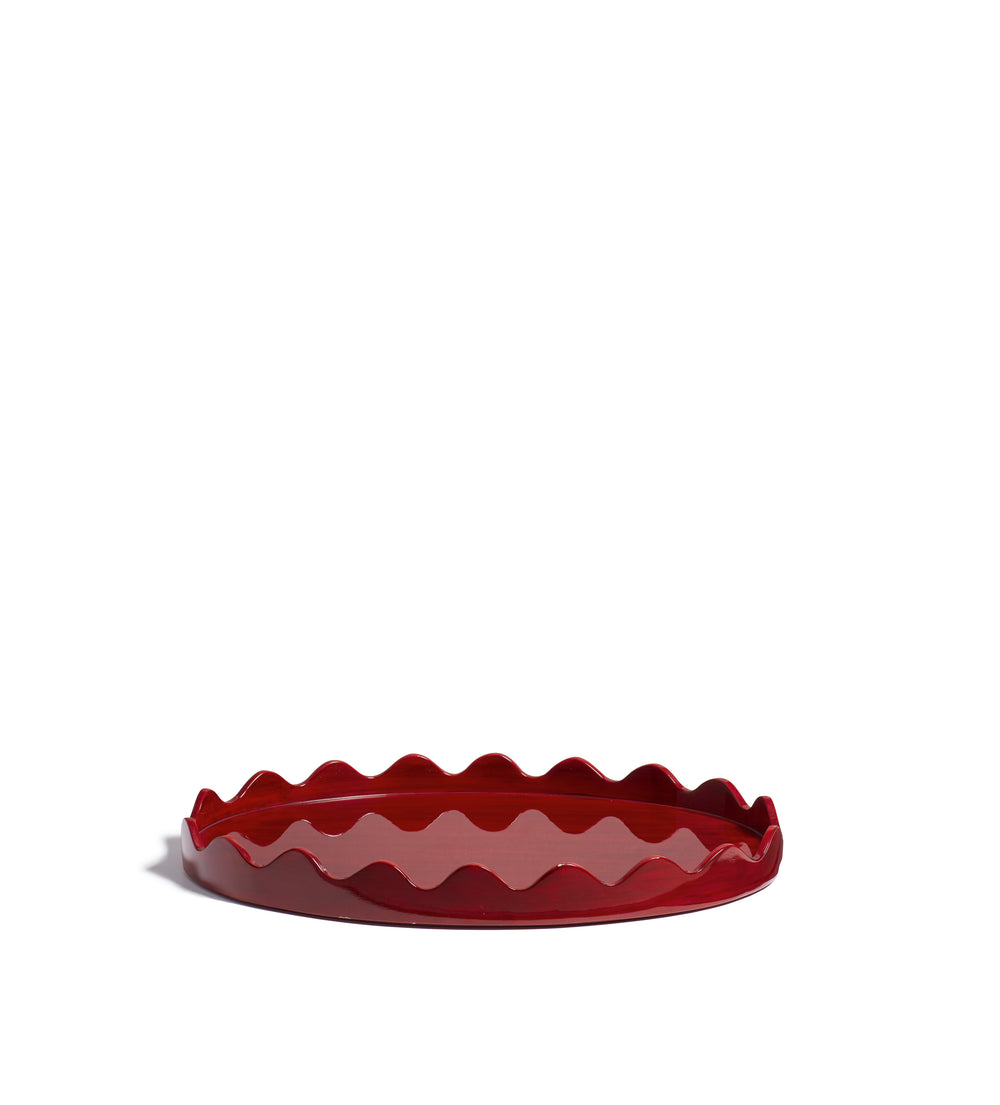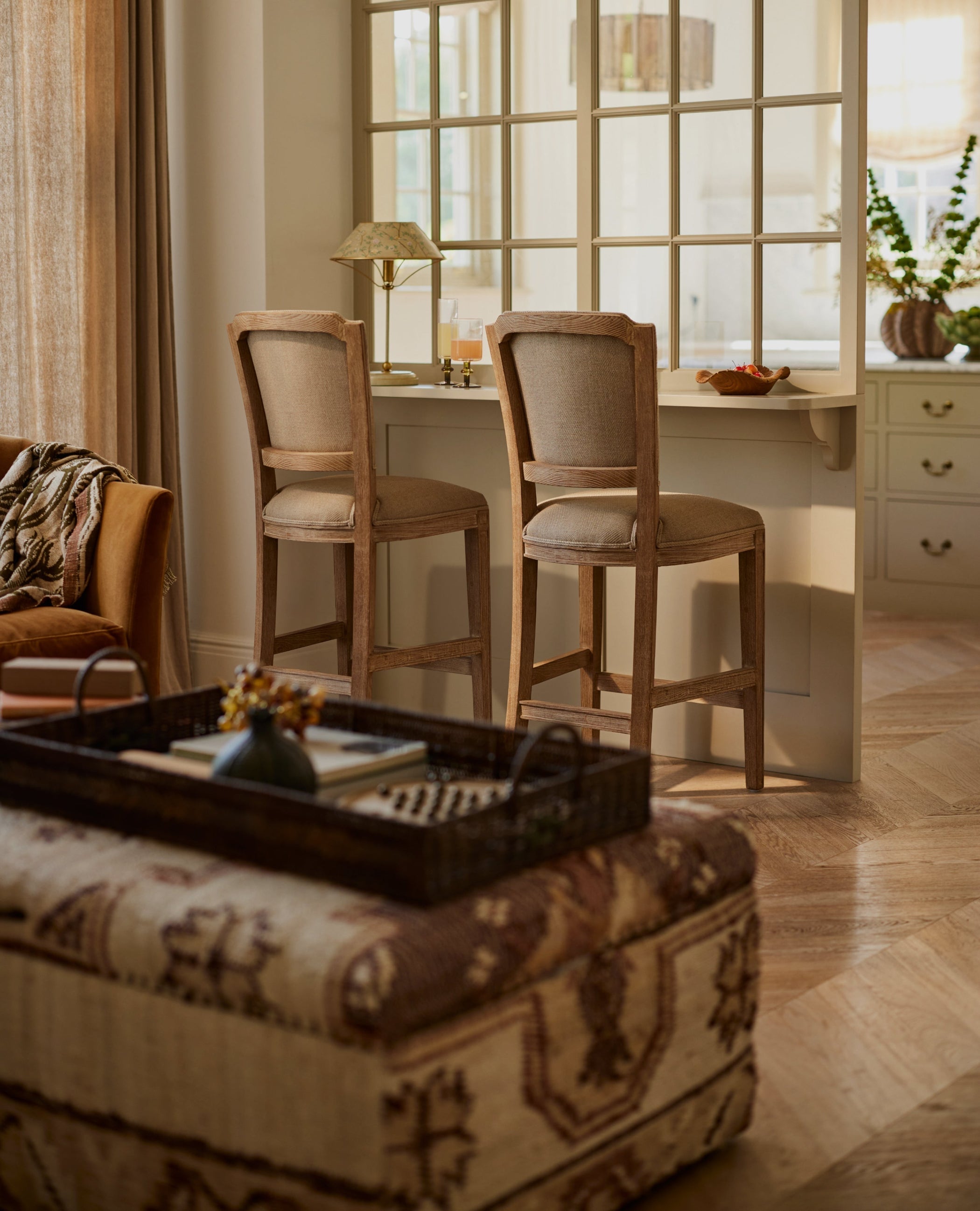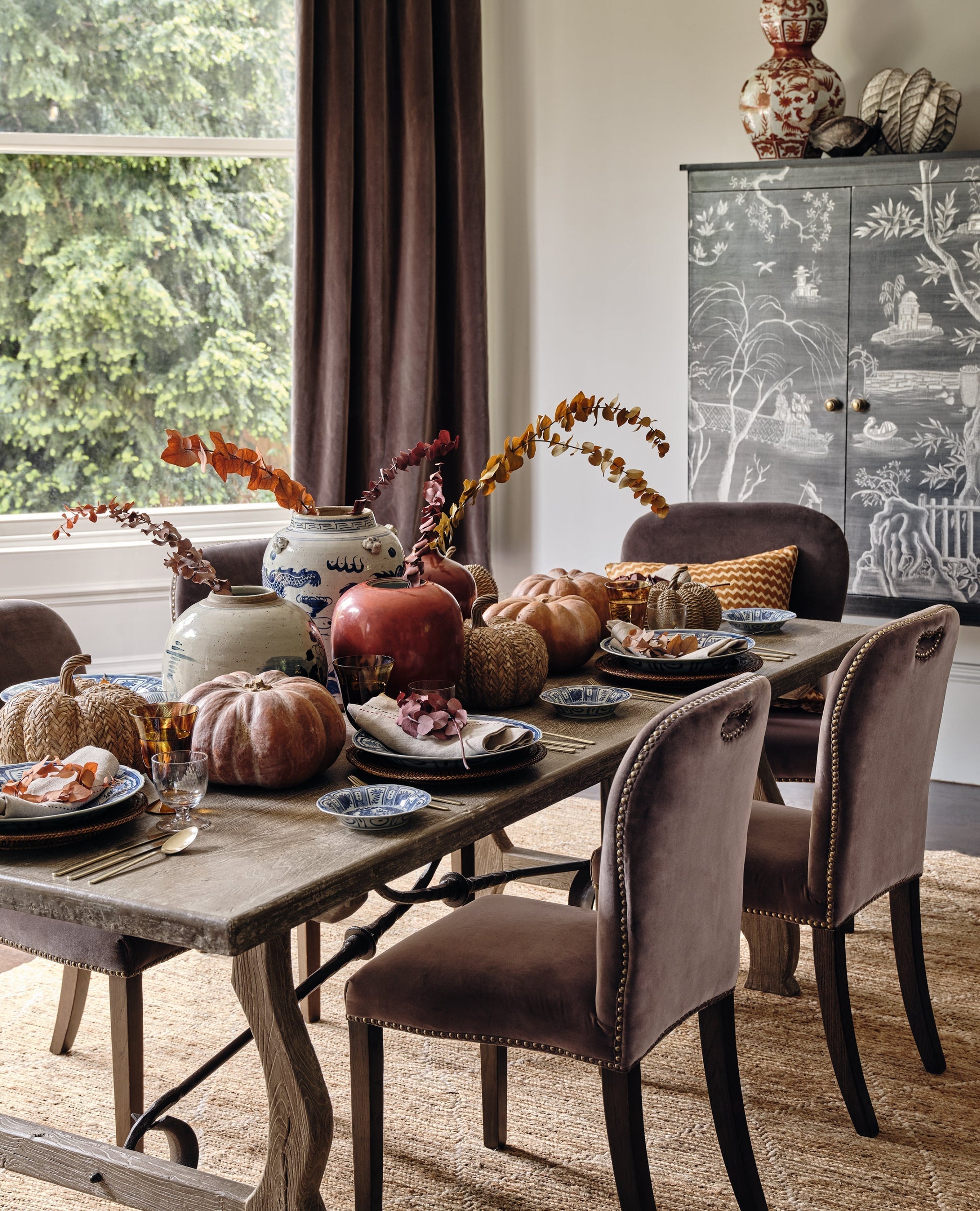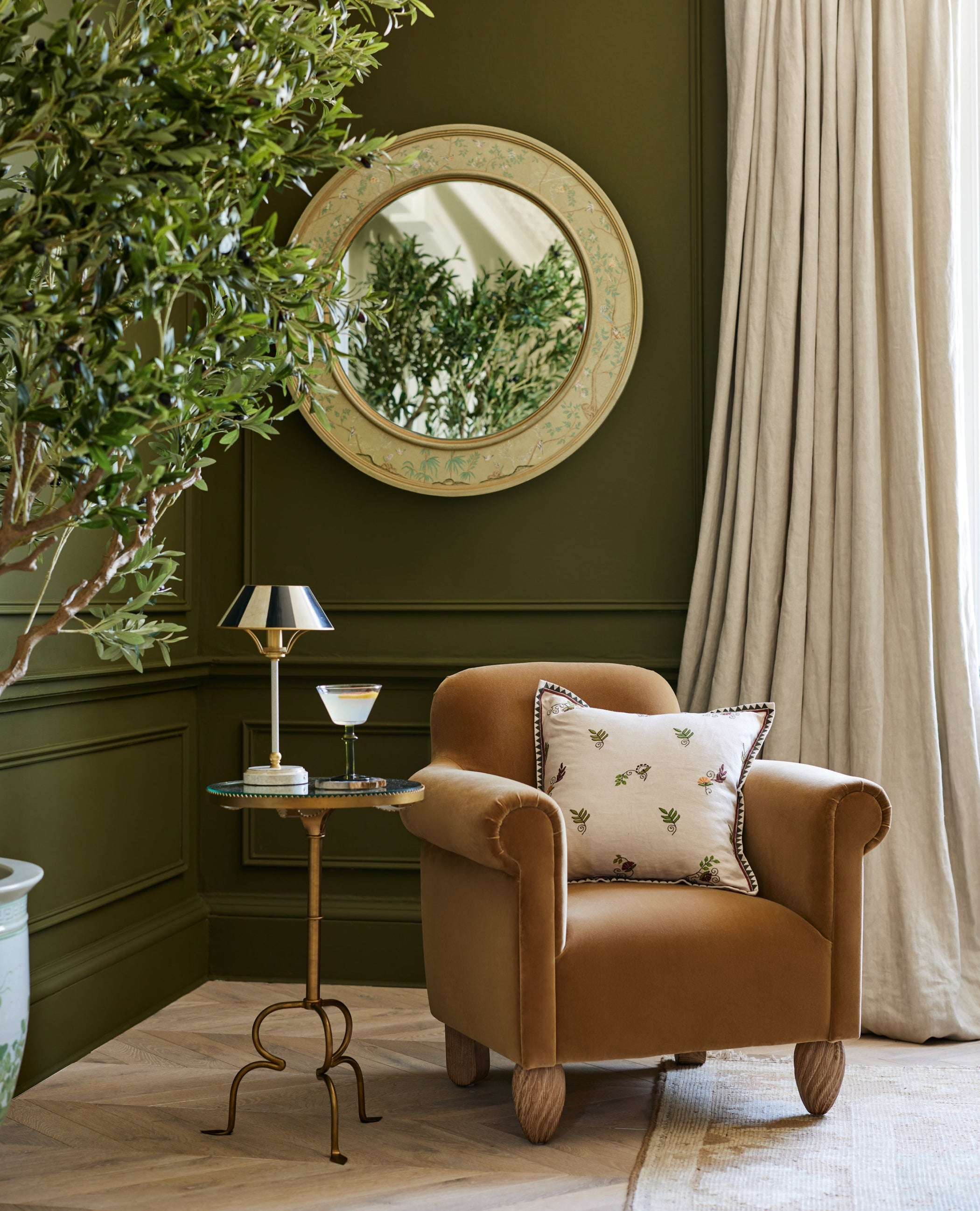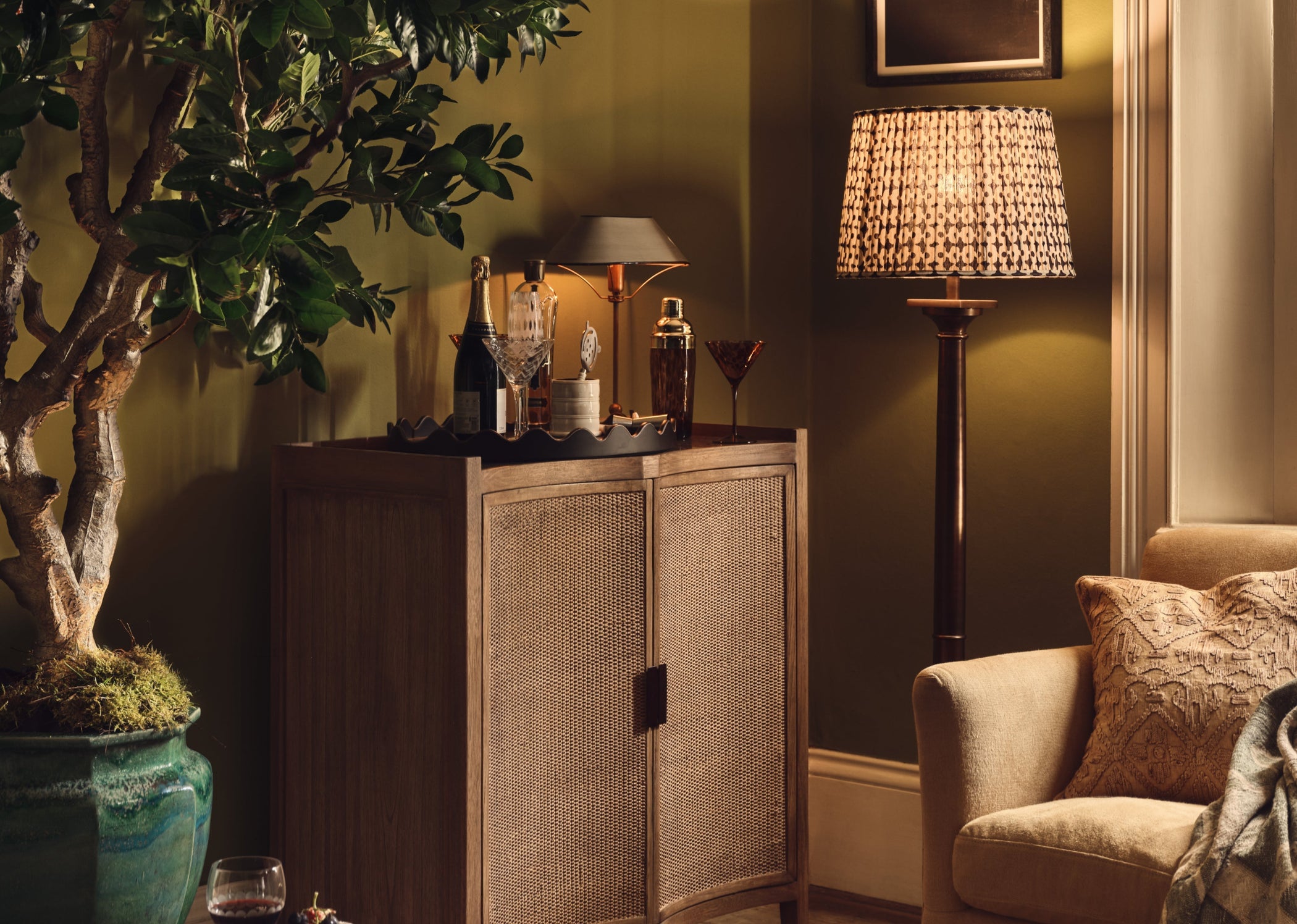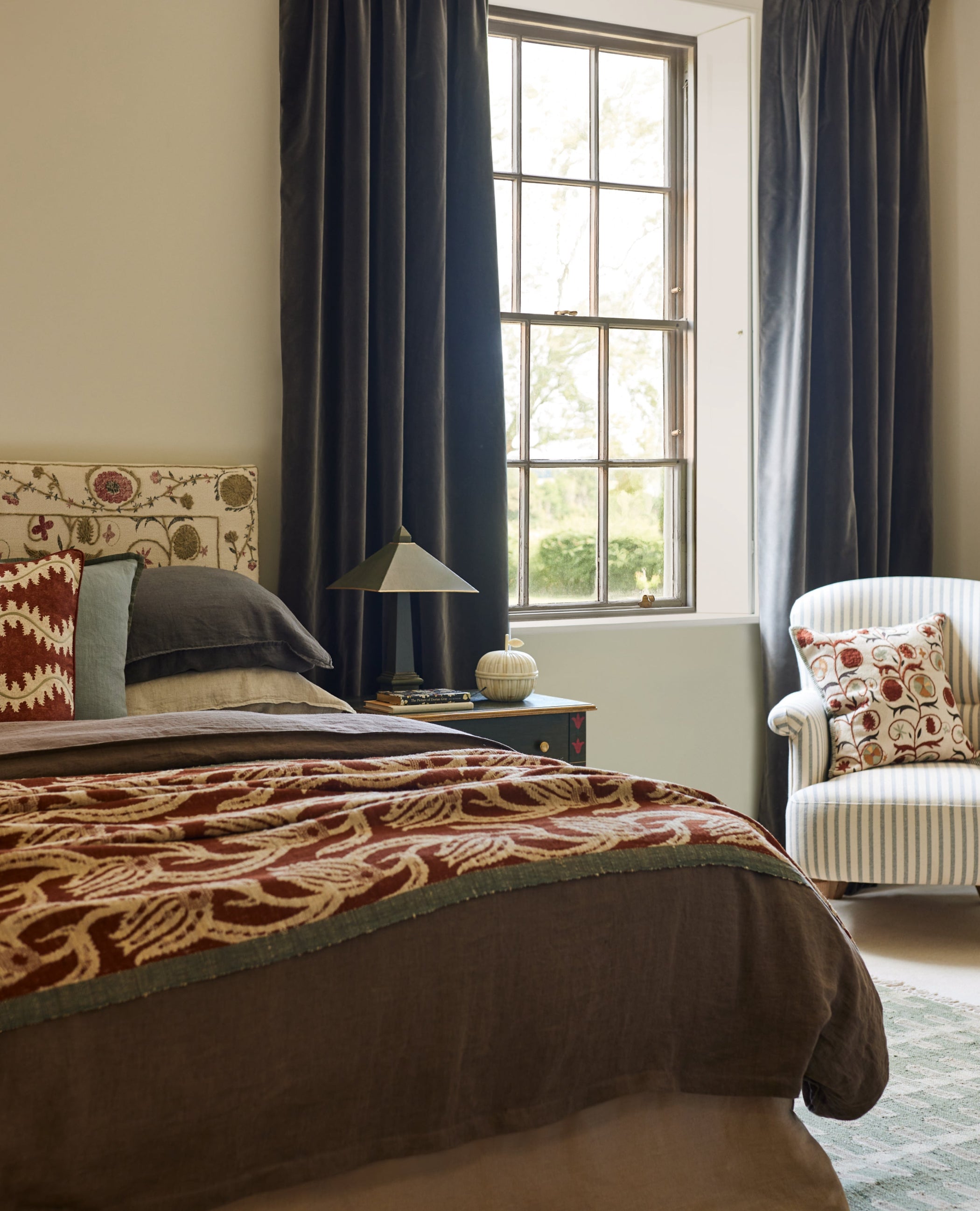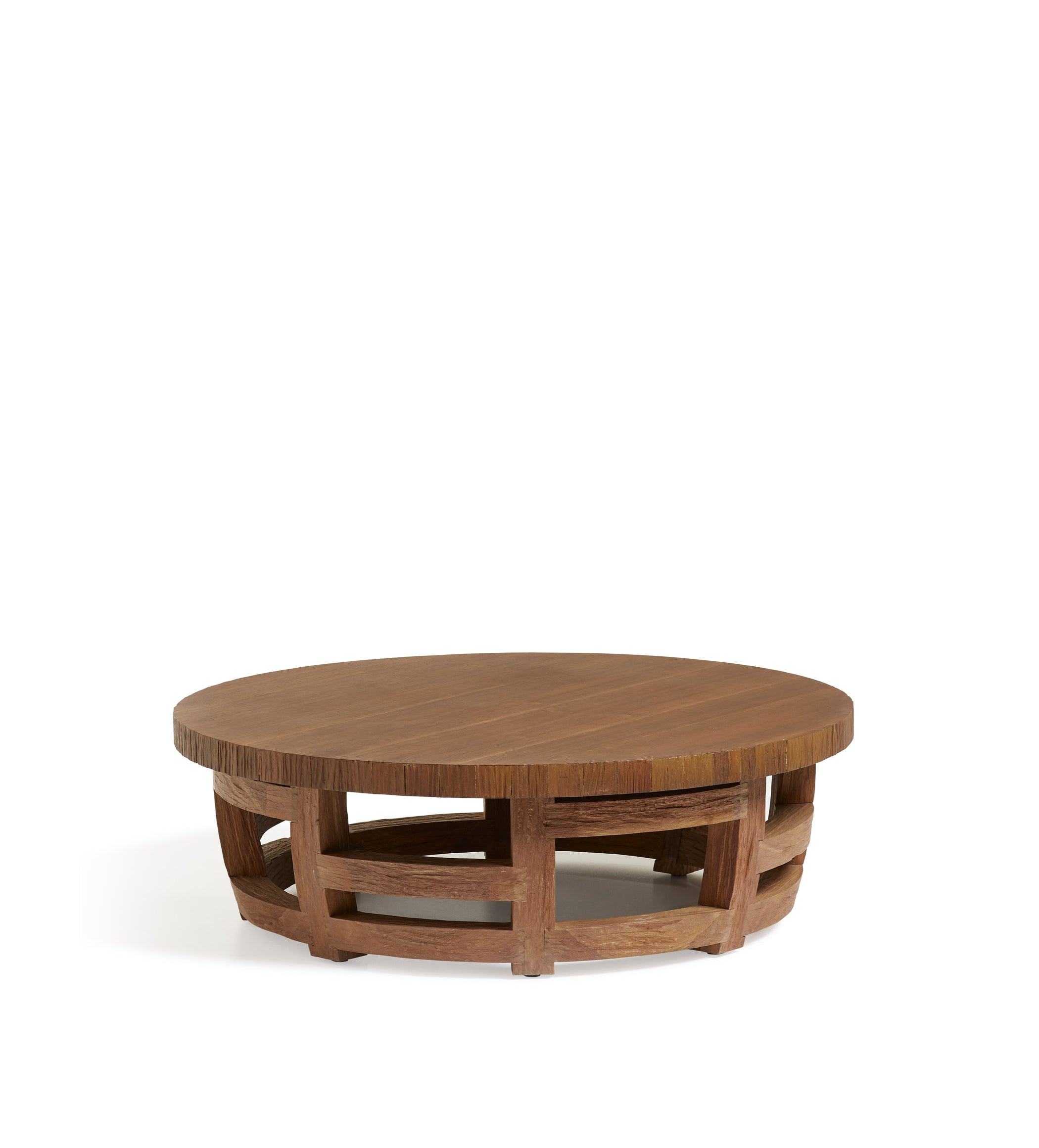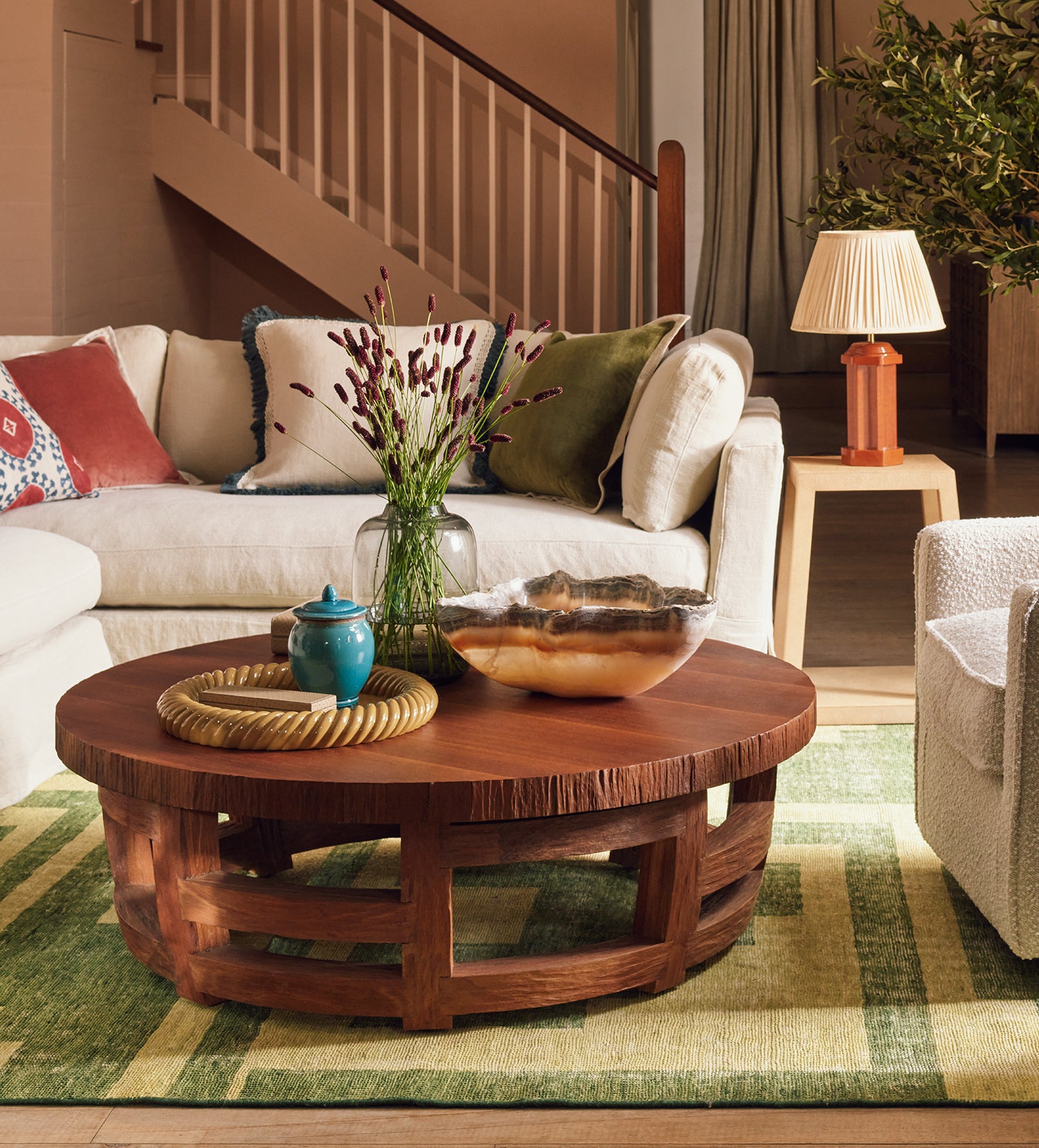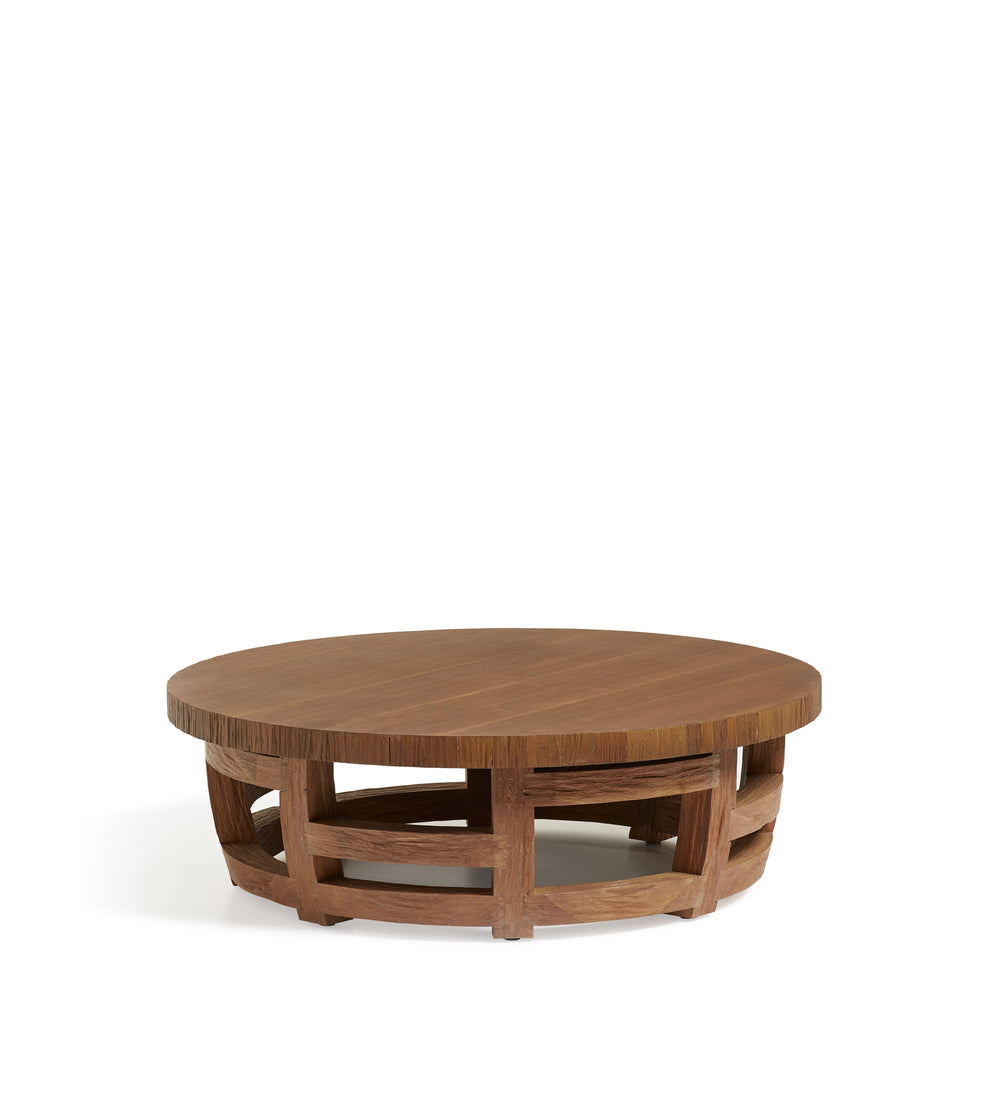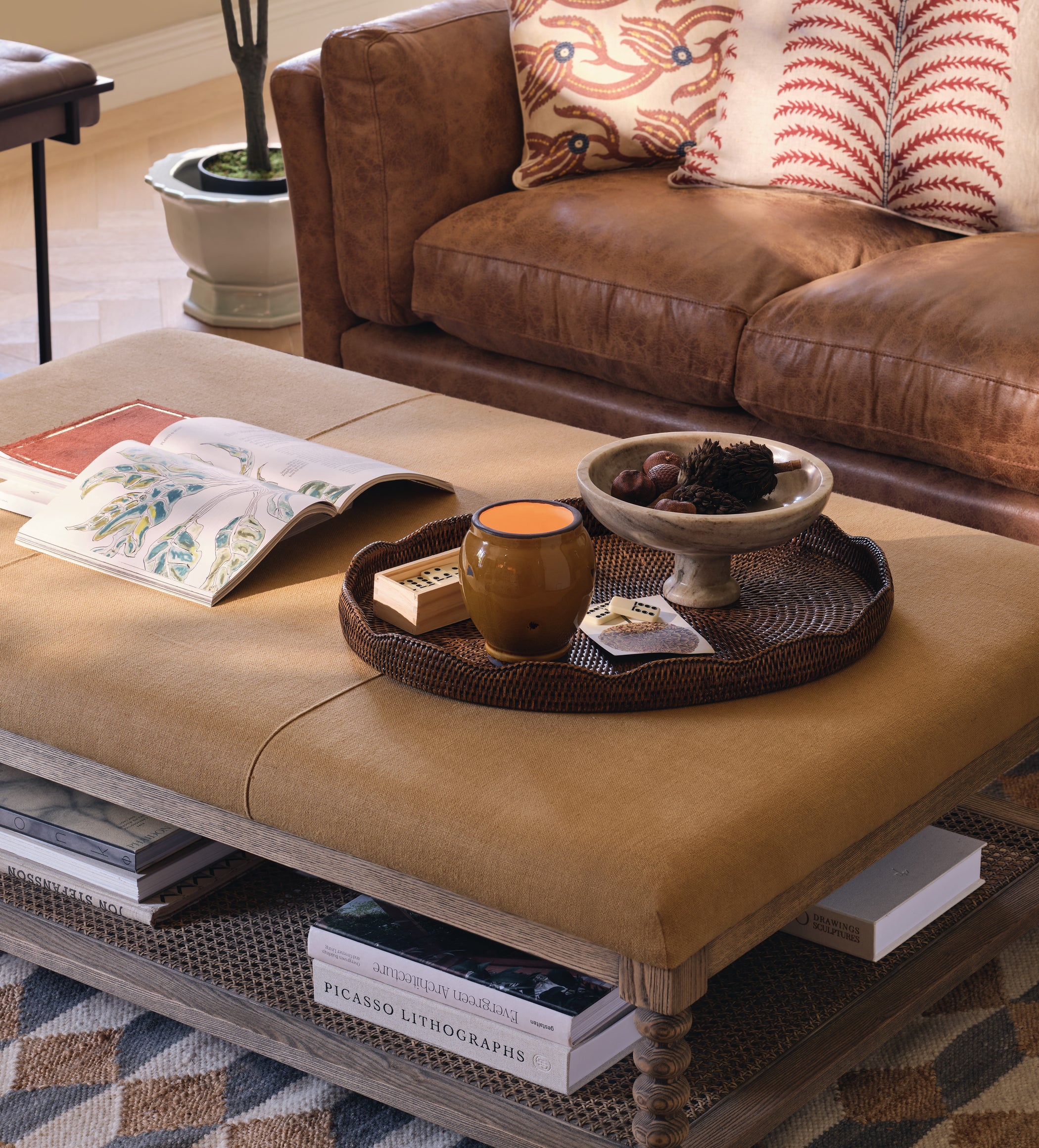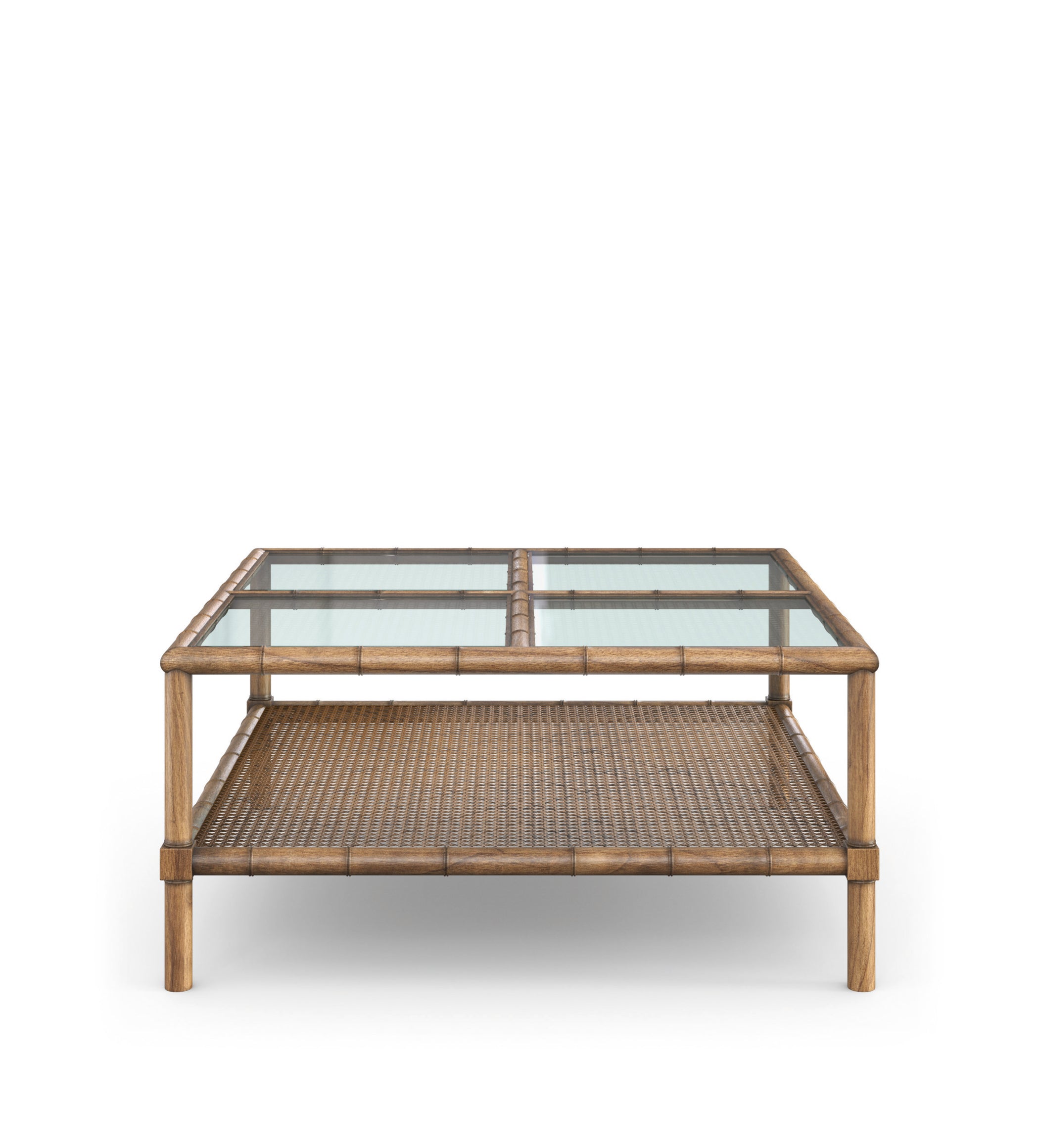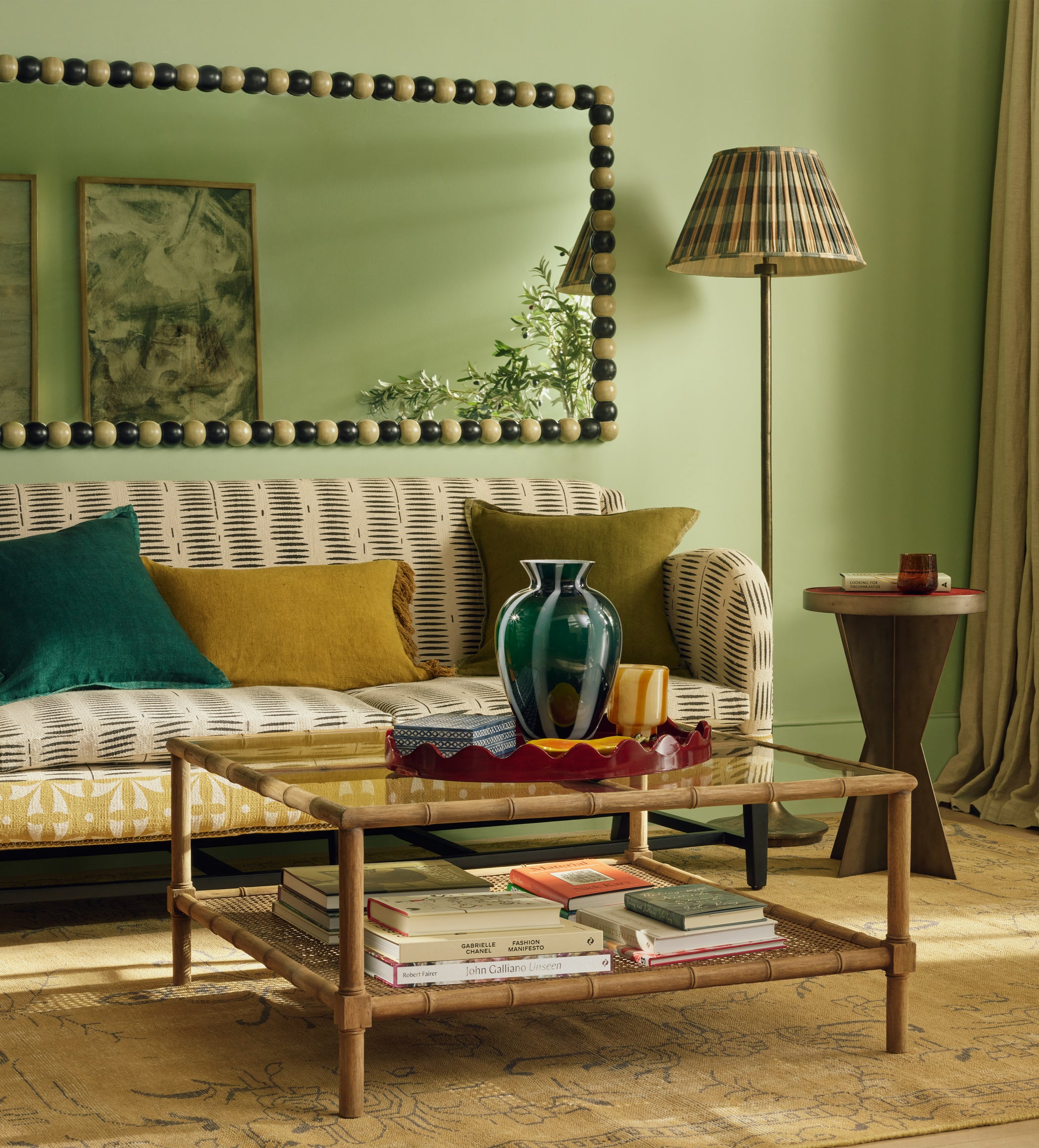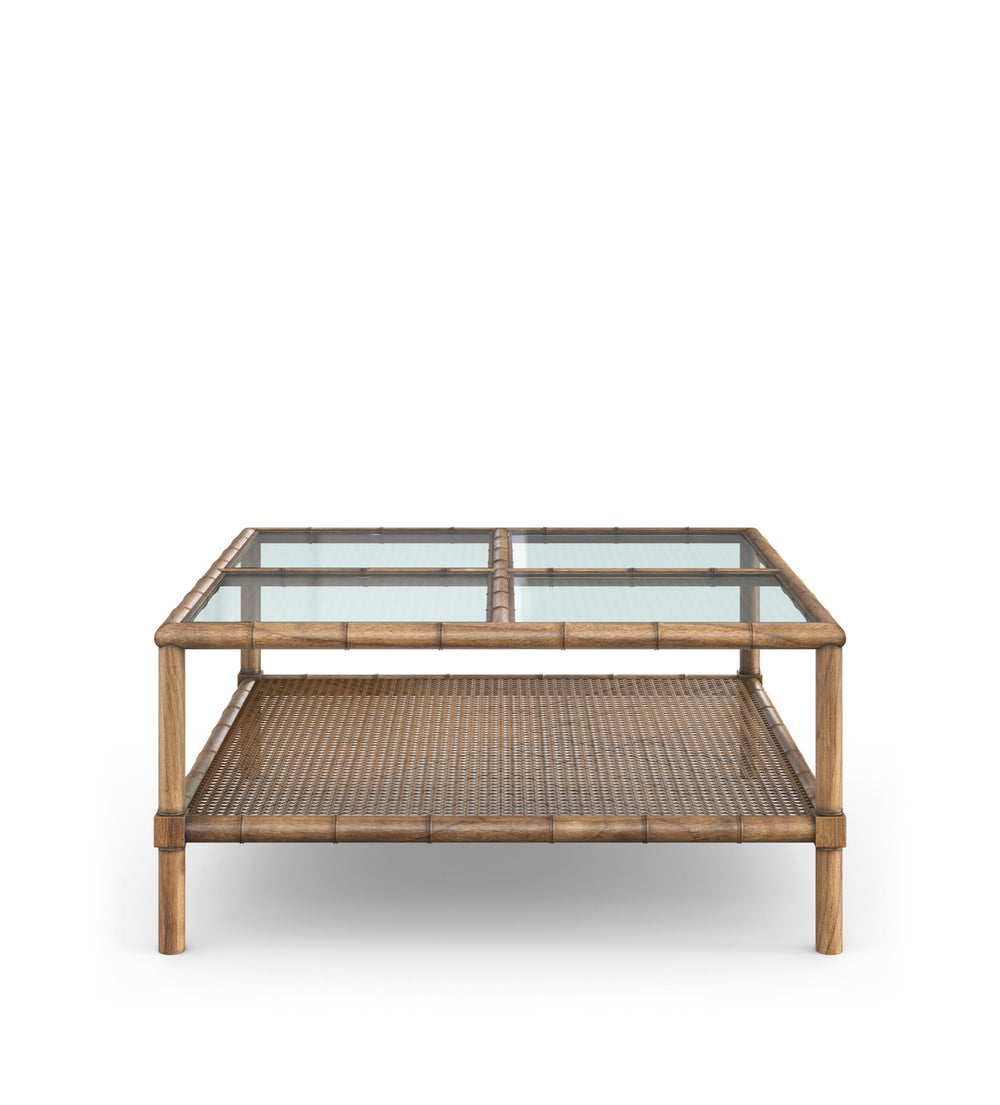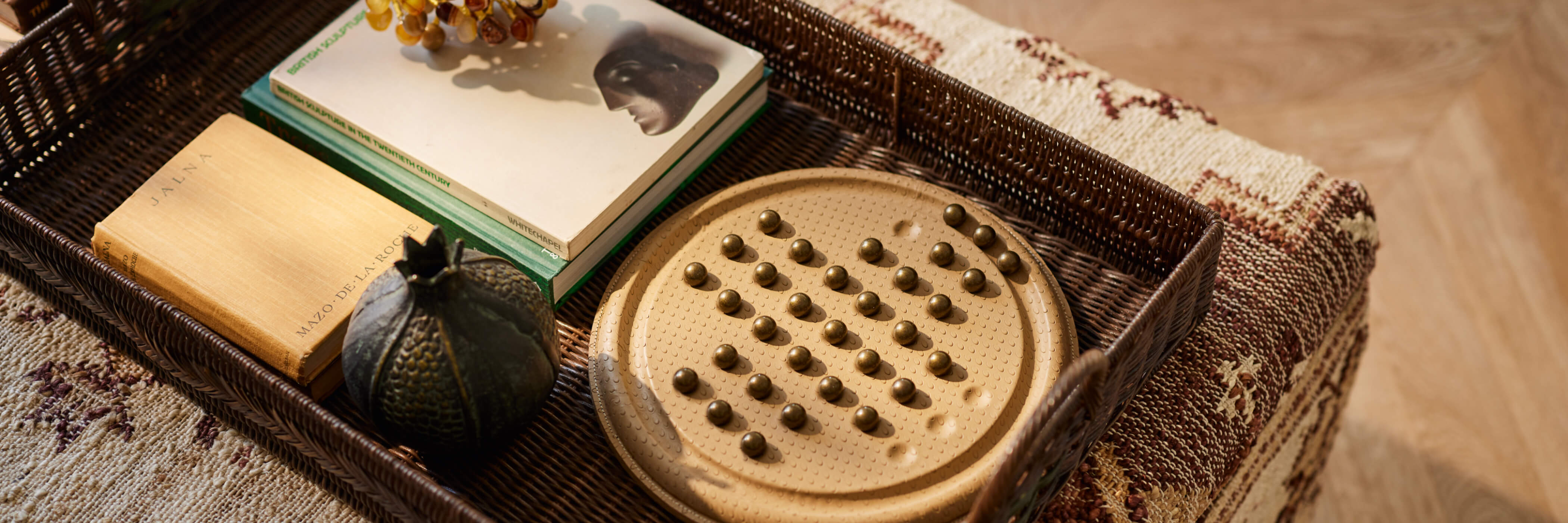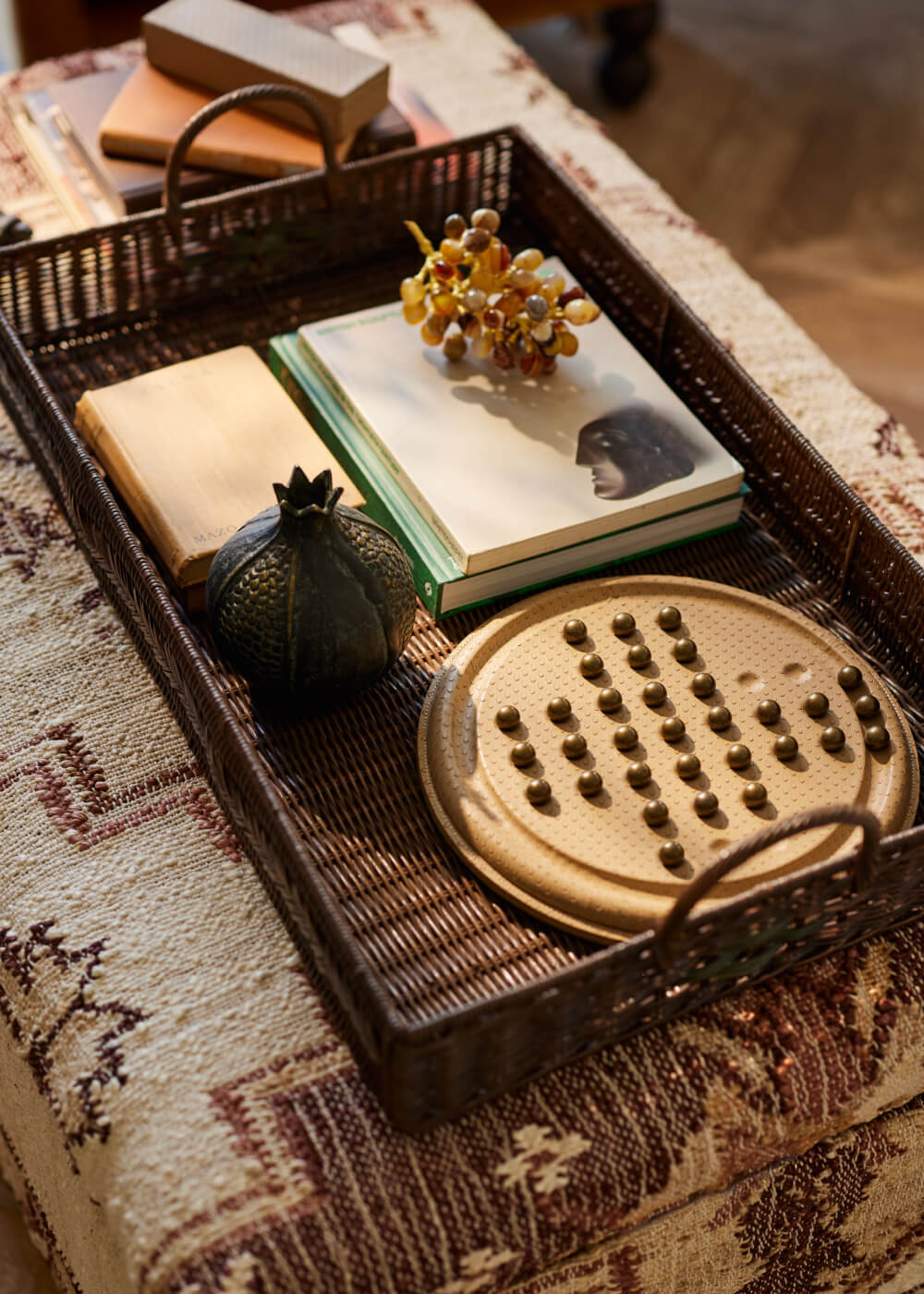Fragrance Diffusers
The main advantage of room diffusers is that they require so little maintenance. You can pop your reeds in, place them on a console or side table and forget about them – something you can’t do with a candle’s open flame. Diffusers also enable you to control the level of scent that’s released in a room; the more reeds you use, the stronger the fragrance. A useful hint that’s worth noting is not to use as many reeds in warm rooms, as fragrance diffuses more quickly in higher temperatures.
As with sprays, fragrance diffusers can be personalised (to an extent). If you’ve found the perfect scented oil but the bottle isn’t pretty, decant the oil into a design of your choice. You could even reuse or repurpose a beautiful bottle by filling it with a homemade fragrance.
Fragrance Families
Sandalwood, vanilla, cedar, patchouli… There are countless scents out there, with each falling into a general family whose notes evoke different associations. As scent is linked to memory, it is important to consider what kind of emotions each might awaken. Some of the most common ones include:
Floral Fragrances
Florals are often considered to be light, feminine fragrances, but there are plenty of heavier petal perfumes in this family too, such as rose or lavender. In aromatherapy floral scents are associated with joy, so if you are feeling stressed or anxious, look to a floral scent for help.
Citrus Scents
Think lemon, lime, grapefruit and orange. Remember, while these are all zesty, energising fragrances, they do have different impacts on a room; grapefruit will be much stronger than orange, which is a bit sweeter, for example.
Spicy Notes
These scents are some of the best at invoking memories. For instance, when you smell notes of cinnamon, nutmeg and clove, it’s hard not to think of a warm, wintry evening. As such, spicy fragrances are best saved for the more festive months of the year.
Woody Tones
Musky scents like sandalwood, cedar and patchouli are key members of this fragrance family; they are linked to strength and stability.









